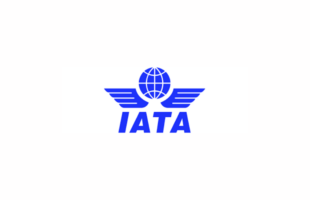The International Air Transport Association (IATA) released data for global air freight markets, showing a modest 1.6 per cent rise in volumes in March compared to a year ago, measured in FTK.
The industry’s March performance stands in sharp contrast to the exceptionally strong 12.2 per cent rise reported for February. February’s performance, however, was positively skewed by the combined impacts of the timing of the Lunar New Year and the labor dispute at US West Coast seaports.
Freight performance over the first quarter of the year indicates year-on-year growth of 5.3 per cent. This is in line with general global economic trends and slightly higher than the 4.5 per cent growth that was anticipated in IATA’s December outlook.
The regional growth picture remains highly mixed. Latin American and European carriers reported market contractions while Middle East carriers showed rapid growth.
Tony Tyler, IATA’s director general and CEO, said: “The air cargo industry is on a solid but unspectacular growth trend. And there is little evidence today that would point towards an acceleration as the year goes on.”
Asia-Pacific carriers reported FTK growth of 2.0 per cent in March compared to March 2014. This appearance of a sharp slowdown from the February rate of 20.5 per cent is a reflection of the impact of Lunar New Year and the US West Coast port strike. Capacity expanded 3.9 per cent.
European carriers declined 2.4 per cent in March, compared to a year ago. The European Central Bank has been engaged in quantitative easing in an attempt to improve the economy and to offset weakness which persists as a result of the Russian sanctions. Capacity rose 2.3 per cent.
North American airlines reported growth of 0.8 per cent year-on-year. Economic indicators for employment, business and consumer confidence are positive, which should point to stronger growth in the coming months. Capacity fell 3.1 per cent.
Middle Eastern carriers saw FTKs grow by 10.6 per cent, fuelled by network and capacity expansion. Trade is also increasing among Middle Eastern economies. Capacity grew 17.1 per cent.
Latin American airlines reported a fall of 6.4 per cent in year-on-year FTKs. The key economies of Brazil and Argentina continue to struggle, and a general increase in regional trade activity is yet to carry over into stronger air freight demand. Capacity expanded 3.3 per cent.
African airlines experienced a 2.4 per cent increase in FTKs. The region has posted solid growth in Q1 2015, indicating that regional trade is holding up well, despite the under-performance of the Nigerian and South African economies. Capacity rose 0.5 per cent.






